It’s Worth a Shot: Prolotherapy, PRP & Regenerative Therapy – A Medical Overview for Curious EDS Patients
This article was collected by the EDS Awareness volunteer media team with information and medical review provided by David Harris, MD, from the Center for Healing and Regenerative Medicine (CHARM) in Austin, Texas. www.charmaustin.com. We are grateful to all the care providers who work to help EDS patients access more information and achieve a better standard of care. Thanks to Dr Harris and his Physician Assistant Michelle Hall for their contributions to educate our community about regenerative therapies to treat hypermobile EDS patients and their pain.
Causes of Pain in EDS: An Anatomy Lesson
Individuals can be genetically predisposed because of genetic variations like Ehlers-Danlos syndrome (EDS) where weaker collagen impacts connective tissue and its ability to repair itself – in addition to more elasticity in the ligaments. The cause of a great deal of EDS-related musculoskeletal pain is damage, laxity, or weakening of this connective tissue, which usually controls joint movement and supports standing, sitting, and activities of the extremities. These tissues are also frequently damaged by injury, subluxation, or trauma, but don’t heal like the tissue of healthy individuals. For patients with hypermobility or laxity in their tissue, these soft tissue systems can also weaken because of hormonal variations and deficiencies, such as pregnancy, hypothyroidism, menopause, or “andropause” (male hormone deficiency associated with aging). Another contributing factor is the use of anti-inflammatory medications, often taken after a typical injury that can dampen the healing response resulting in reduced structural stability with a chronic strain of the remaining ligament and tendon fibers causing chronic pain. As connective tissue is connected to the extremely sensitive periosteum of the bone, which, through nerves, sends pain signals to the brain, you can begin to understand how an EDS patient might experience multiple types of chronic and constant pain. Pain can originate from virtually any ligament, tendon, or joint in the body, and regenerative ‘self-healing’ therapies may be one option to strengthen these faulty structures, including hips, knees, ankles, toes, shoulders, elbows, wrists, fingers, thumb, necks and spines, and rib cage.
Regenerative Therapy Solutions
One such therapy, Prolotherapy, also known as Regenerative Injection Therapy, is not a new remedy but has ancient origins. It was once applied by Hippocrates, the father of modern medicine, to heal a javelin thrower’s shoulder pain over 2,500 years ago. Prolotherapy is an alternative treatment for chronic musculoskeletal conditions, particularly joint and muscle pain. The procedure involves the injection of a natural irritant, usually a form of sugar called dextrose, into the soft tissue of an injured joint, ligaments, or tendons. Basically, trying to irritate the body to get a response. This is believed to trigger an inflammatory cascade, stimulating both healing and providing relief from pain. It can take several treatments to achieve the desired relief result. Prolotherapy usually involves multiple sessions of injections and is not typically covered by insurance, with costs widely varying. So, for some it is not an option if they cannot afford what is believed to be an ‘experimental treatment.’ But regenerative medicine stands today as a testament to the power of natural healing through regenerating cells in the body. But it is not without controversy.
Can Prolotherapy Help Me?
First, how do you know if it could help you? Regenerative therapy is designed to target and strengthen the weakened connective tissues. Most ligaments, tendons, or joints from hip to toe, shoulder to finger, and even the rib cage can be treated with this method. Dr. Harris shares that the hallmark sign of a prolotherapy-eligible pain is its reproducibility upon pressure on the injured area. “If you push it, will it hurt,” in some ways?
Basics to Know About Differing Treatment Options and How They Work
Prolotherapy, PRP and stem cell injections are three different solutions with various properties of increasing strength due to the levels of growth factors and healing cells used as building blocks to treat injury or damage. Prolotherapy as the first basic step uses injections of a dextrose sugar solution, with a numbing agent like lidocaine, to purposefully inflame the affected area to spawn and recruit cells to cause a healing response in the body. PRP is a more intense therapy that combines specialized platelet cells to accomplish the same goal, but has stronger regrowth properties due to the blood platelets being part of the injection fostering a more robust reaction in the body. The third and highest regenerative level of treatment is typically done with the patient’s own stem cells to utilize regrowth cells to restore connective tissue or muscle and ligament damage by injecting what the body uses on its own to heal. Now that you understand the basics of regenerative therapy and the various types, let’s consider its foundation in medicine today.
Efficacy and Research on Prolotherapy
Given its minimal side effects and cost compared to surgeries and other non-surgical treatments, it’s no surprise that millions of patients have benefited recently from prolotherapy in the past few decades. But if you ask an EDS patient, you will usually get different responses on how it worked or did not work for them, depending on who you ask. Despite its popularity among some practitioners and patients, its use remains controversial for several reasons:
- Inconsistent Evidence: While some studies have shown benefits in pain reduction and improved function, others have found no significant difference between prolotherapy and placebo treatments.
- Mechanism of Action: The exact mechanism by which prolotherapy works is not fully understood, and lacks medical research validation leading to skepticism about its efficacy.
- Side Effects: Prolotherapy can result in side effects like pain, swelling, ruptered ligaments, and even more severe reactions in rare cases so it can be challenging to determine if treatment helped or harmed the patient.
- Costs: Treatment can be expensive, and it may not be covered by insurance largely due to its controversial nature.
- Variability in Practice: There’s variability in how the procedure is done, the solutions used, and the number of sessions required, leading to inconsistency in patient outcomes. Providers must be properly trained and use appropriate technology, like X-Ray machines to place the injection in the correct spot for treatment for example.
EDS Experts and Their View of Prolotherapy for EDS
According to Dr. Hauser from Caring Medical, studies on prolotherapy have indicated its effectiveness for pain relief in patients with hypermobile EDS. Research on temporomandibular joint disorders, often associated with hEDS, suggests that prolotherapy can effectively manage pain. Clinical trials are also being conducted to assess the efficacy of ultrasound-guided dextrose prolotherapy in treating hEDS patients, further indicating its potential use in management.
IF YOU CHOOSE REGENERATIVE TREATMENT – NEED TO KNOWS
Modern advancements are further enhancing other regenerative medicine techniques today. Techniques using growth factors like PRP and Mesenchymal Stem Cells (MSCs) derived from liposuction of fat tissue or bone marrow aspirate are paving the way for even more promising results. Read on later in this article from CHARM’s David Harris, MD (who also has EDS) as he specializes in pain relief via tissue repair using a few methods like prolotherapy and PRP. He has extensive experience helping EDS patients using regenerative medicine to provide longer-term pain relief and healing of faulty tissue in his Austin, Texas practice.
Typical Procedure Overview
The essence of any regenerative injection lies in using tiny needles that contain a solution including growth factors. These injections are introduced at the ligament and tendon tissue attachments to kickstart the healing response. This response, in turn, leads to the proliferation of fibrous, healthier tissue.
For prolotherapy, most patients will need multiple treatments, usually 4-6 injections spaced about 4-6 weeks apart, spanning over 4-6 months. Post-treatment, patients are generally sore for about 3-7 days but begin to experience benefits soon after. Prolotherapy is typically done more frequently than PRP due its less concentrated nature of injected solution.
Tips to know before any injection procedure:
- Avoid NSAIDs: Refraining from anti-inflammatory medications around the procedure is recommended since they might inhibit the healing response and can blunt the effect of the treatment by stopping the desired effect of inflammation. Doctors recommend avoiding anti-inflammatory medications 24-48 hours before the procedure. This includes Ibuprofen, naproxen, Celebrex (Celecoxib), and Mobic (Meloxicam).
- Illness: If you are sick or on antibiotics for a current/recent infection, please contact your doctor before your procedure, as you may need to be rescheduled.
- Blood Thinners / Anticoagulants: If you receive an epidural as part of your procedure and are currently on blood thinners or anticoagulants, contact your prescribing physician for specific instructions and possible discontinuance before the procedure.
Other Tips to Increase Success
- Hydration: Hydrating well (water, electrolytes) for 1-2 days before appointment will make the blood draw process easier. Men should drink an average of 8-12 cups of water/day, women at least 8 cups/day. Also avoid caffeinated beverages on the day of the procedure as they are dehydrating.
- Eating/Drinking: Eating something with protein before the procedure appointment is usually recommended. This reduces the likelihood of feeling lightheaded or faint during or after the blood draw and/or procedure.
After your procedure:
- Medications: To optimize results, avoid anti-inflammatory medicines for at least one week following the procedure. If there are no contraindications, Tylenol may be used over the counter, and pain medications may be prescribed to reduce pain.
- Heat: Application of heat to painful areas is recommended over cold as it dilates blood vessels and increases blood flow to the site, which helps with the healing response.
- Expect Discomfort Temporarily: Inflammation and discomfort after the procedure are expected as part of the healing response and may include swelling, bruising, muscle spasms, and soreness. Understand the goal is to cause the inflammatory response to restart your own healing process naturally. So ‘no pain, no gain’ is the model for regenerative medicine. Pain usually peaks on the day of the procedure and slowly decreases over the following 3-5 days as part of the normal inflammatory response process.
- Movement: Patients are encouraged, in general, to continue to perform activities of daily living and move around in moderation as tolerated. This increases blood flow to the treated areas and reduces swelling. Movement can help the healing process by improving blood circulation to the area.
- Restrictions: Please do NOT swim or submerge in pools, oceans, lake water, rivers, or hot tubs for one week after the procedure due to risk of potential infection at the injection site.
- Concerns: If you are experiencing hot, red, swollen treatment areas and fever or chills or are concerned about whether a reaction is typical, please get in touch with your doctor immediately.
How Exactly Does It Recruit Healing Capabilities Within the Body?
It’s not a tech miracle, but your body doing what it does on its own – amplified by science and innovative technology solutions in medicine. Living organisms are constantly replacing its cells and rebuilding its structure in a complex process that requires removing older tissues and replacing them with new tissues in an ongoing cycle. The regeneration of new tissue is facilitated by our own stem cells and fostered by growth factors and hormones. The cells needed for repair and rejuvenation exist in all our tissues, ready to be spurred into action when needed. Regenerative injections like prolotherapy are believed to be a kick-starter for that process, but usually a first step and still is not proven yet. The next step up to increase success in regenerative therapy, or a ‘bigger gun’ to treat EDS pain, includes the addition of more growth factor or healing properties like adding platelets in the treatment called Platelet-Rich Plasma (PRP). Blood platelets contain many growth factors that initiate and control the healing process including blood, bone marrow, and fat contain specialized cells that orchestrate the healing of injured and degenerative tissues. A small amount of these growth factors is injected precisely into an injured tendon, ligament, or joint initiates the healing process by stimulating the nearby healing cells to turn on and begin the repair process. Thus, regenerating itself to some extent. Some patients see long lasting benefits.
More Details on the Various Types of Regenerative Medicine Therapies
There are basic types of regenerative medicine injections as outlined below. Each of these offers the potential to stimulate your body to repair itself in varying degrees:
- Prolotherapy – use of sugar based irritant solution to cause an inflammatory healing response in the tissue where injected.
- PRP – Addition of Platelet-rich plasma (PRP) uses the power of platelets from your blood to further deepen the potential for restorative healing and growth. The concentrated platelets and healing cells are precisely injected into the affected injured site.
- Stem Cells – Your stem cells can be harvested from fat or bone marrow and technology tools can ‘spin down’ to the core cells using Bone Marrow Aspirate Concentration (BMAC) methods which uses the healing Mesenchymal Stem Cells (MSCs) contained within your bone marrow, to create a precise concentrated healing solution.
- Platelet Lysate (P.L.) – PL is an advanced form of PRP produced by activating the platelets in PRP so that the growth factors contained in the platelets can be captured and used to better heal nerve injuries and inflamed joints and spinal disks. This is the cutting edge of innovative pain regenerative treatment today, according to Dr. Harris.
The PRP Procedure
PRP is also accessible to patients as it only requires local anesthetics for a procedure with minimal discomfort and short recovery periods in general. The entire PRP process can take one to two hours. The injection area will likely be moderately painful for several days or up to a week or more. The process may be repeated several times to achieve the desired benefit of pain reduction, joint strengthening, ligament and tendon repair, and improved function over 4-6 months. Unfortunately, insurance does not typically cover the PRP or stem cell procedures and it is often necessary to do several injections to achieve desired outcomes so prepare your wallet for out-of-pocket expenses.
Advanced Regenerative Medicine: The Future of Hypermobile Healing?
We hope future medical research will suggest that prolotherapy and PRP may offer a promising treatment option for pain relief. With varied individual outcomes, patients must consult with medical professionals to determine the best course of action for their specific case and the type of therapy to try. While there is limited medical research to date, some controversy, and Medicare and many insurance carriers might not cover prolotherapy, the treatment’s efficacy has seen a rise in its adoption, especially among professional athletes choosing it over surgery for faster healing. For now, it may be outside of the average patient’s budget, but could be a promising avenue for those seeking natural healing methods, especially for patients dealing with musculoskeletal pain caused by hypermobility. As research and medical technology progress, this ancient remedy will certainly play a more central role in modern medicine. Could this be a step toward helping connective tissue disorder patients with their pain now and in the future? Time, technology, medical advancement, and research will hopefully tell. With more providers being trained in specialties like regenerative medicine on the rise, increasing the bioactivity at the injured or faulty connective tissue site could take medicine one step closer to naturally accelerating the body’s normal healing process. And so, there is hope for the hypermobile body.
Bibliography
- Hippocrates (c. 460–c. 370 BC) – Ancient History Encyclopedia
- Hackett, G.S., et al. “Ligament and tendon relaxation treated by prolotherapy.” 5th ed. Oak Park, IL: Gustav A. Hemwall. 1992.
- C. Everett Koop – Surgery and Public Health | Profiles in Science
- Connective Tissue Disorders – Genetics Home Reference
- Castori, M., et al. “A framework for the classification of joint hypermobility and related conditions.” American Journal of Medical Genetics Part C: Seminars in Medical Genetics. 2017.
- Rabago, D., et al. “Dextrose prolotherapy for knee osteoarthritis: a randomized controlled trial.” Annals of Family Medicine. 2013.
- Reeves, K.D., Hassanein, K. “Randomized, prospective placebo-controlled double-blind study of dextrose prolotherapy for knee osteoarthritis with or without ACL laxity.” Alternative Therapies in Health and Medicine. 2000.
- Alderman, D., et al. “Prolotherapy for Musculoskeletal Pain.” Practical Pain Management. 2007.
- Topol, G.A., Reeves, K.D. “Regenerative injection of elite athletes with career-altering chronic groin pain who fail conservative treatment: a consecutive case series.” American Journal of Physical Medicine & Rehabilitation. 2008.
- Prolotherapy and Insurance – Journal of Prolotherapy
- Distel, L.M., Best, T.M. “Prolotherapy: a clinical review of its role in treating chronic musculoskeletal pain.” PM&R. 2011.
- Lyftogt, J. “Prolotherapy for recalcitrant lumbago.” Australasian Musculoskeletal Medicine. 2008.
- “Prolotherapy: How Does It Work and What Conditions Does It …” drneilspiegel.com. Retrieved from https://www.drneilspiegel.com/blog/prolotherapy-how-does-it-work-and-what-conditions-does-it-treat
- Zhao, A.T. (2022). “A Comprehensive Update of Prolotherapy in the … .” ncbi.nlm.nih.gov. Retrieved from https://www.ncbi.nlm.nih.gov/pmc/articles/PMC9235417/
- “Prolotherapy: Uses, side effects, and costs.” medicalnewstoday.com. Retrieved from https://www.medicalnewstoday.com/articles/320330
- Dagenais, S. (2007). “Prolotherapy injections for chronic low‐back pain – PMC.” ncbi.nlm.nih.gov. Retrieved from https://www.ncbi.nlm.nih.gov/pmc/articles/PMC6986690/
- Davydov, B.M. (2017). “Prolotherapy: Applications, Mechanism of Action, Controversy …” commons.und.edu. Retrieved from https://commons.und.edu/cgi/viewcontent.cgi?article=1035&context=pas-grad-posters
- “Prolotherapy… Is it as ‘sweet’ as it sounds???.” thesports.physio. Retrieved from https://www.thesports.physio/prolotherapy-is-it-as-sweet-as-it-sounds/
Researched and written by Christie Cox, author of Holding It All Together When You’re Hypermobile.


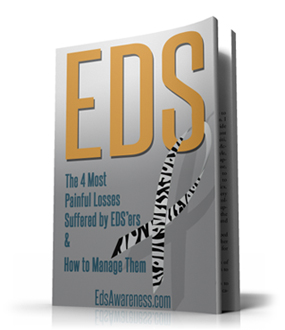
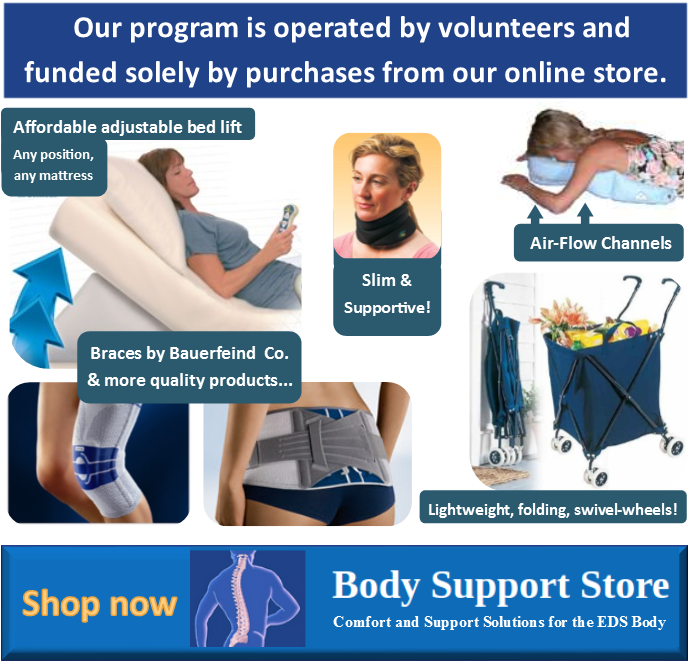


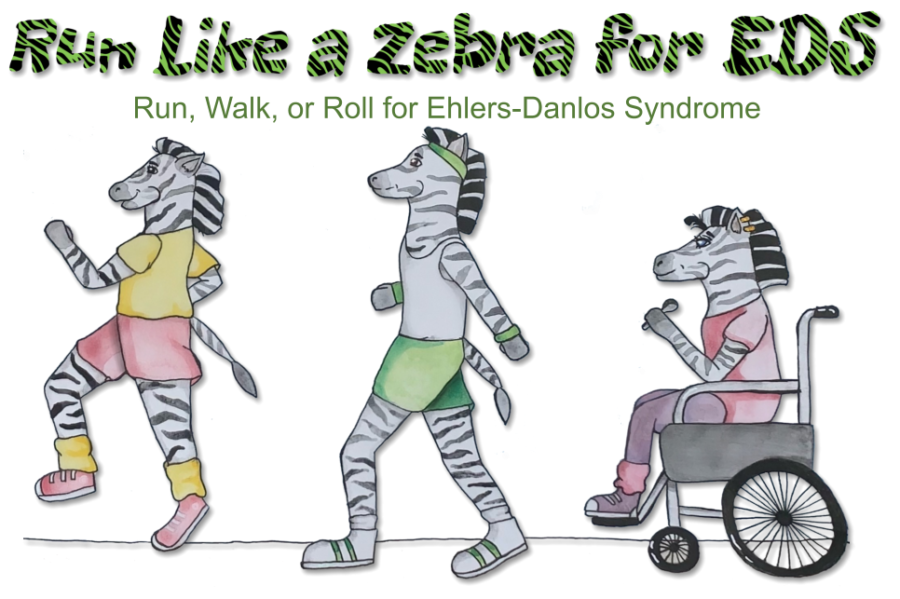
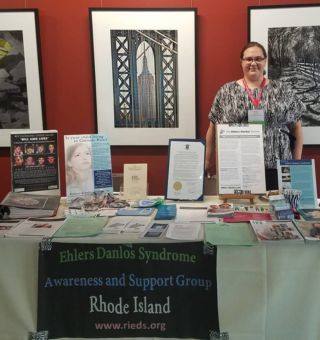
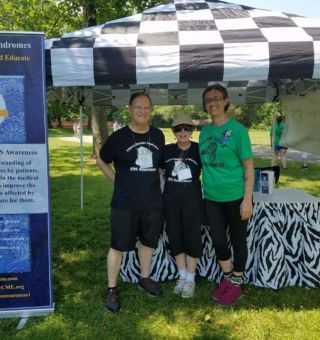
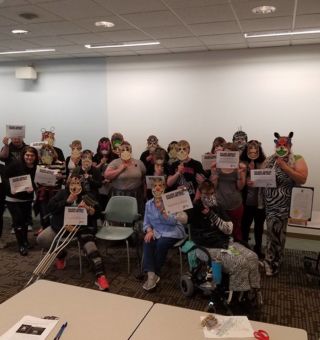
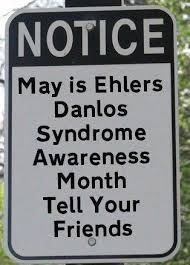
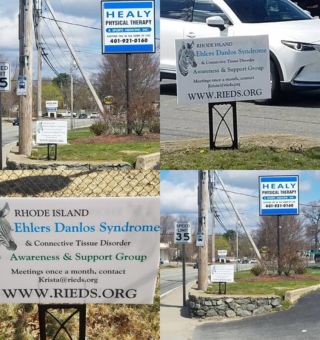
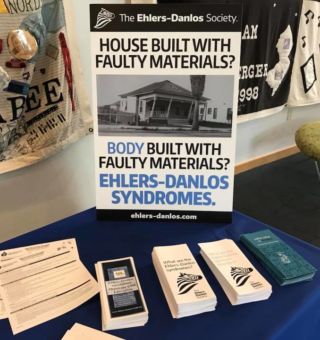
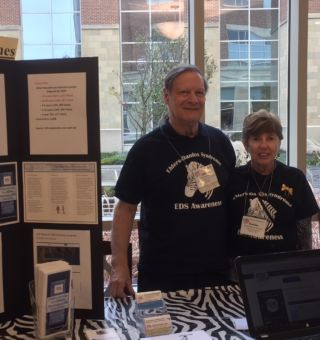


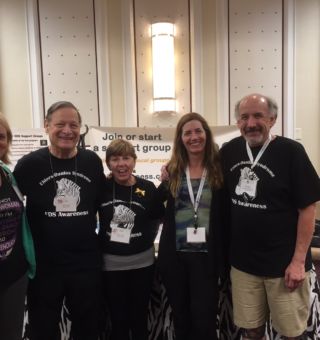
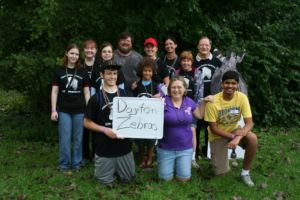
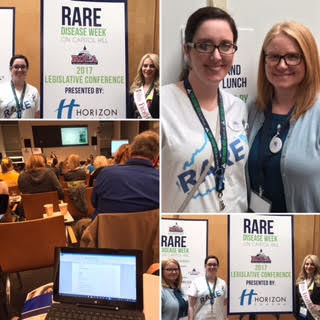
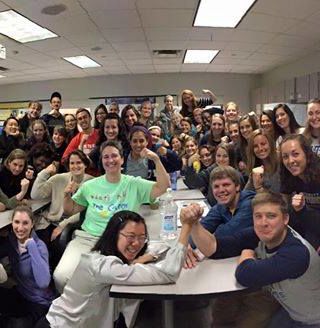
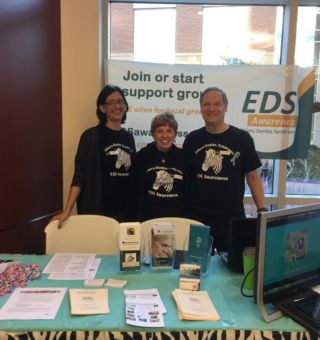
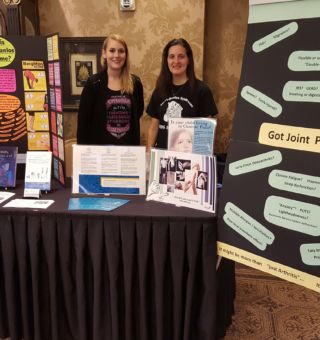
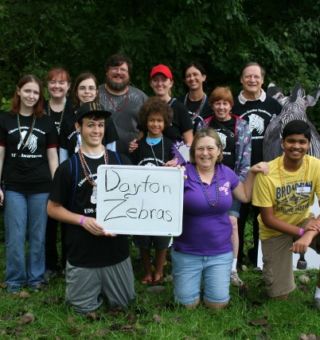
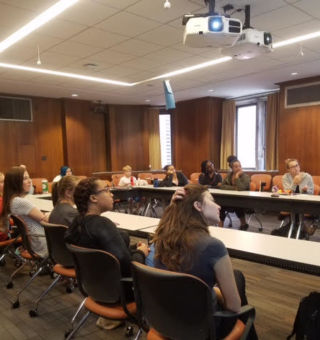
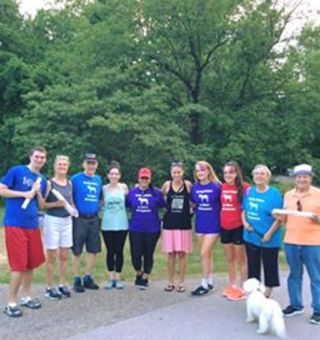
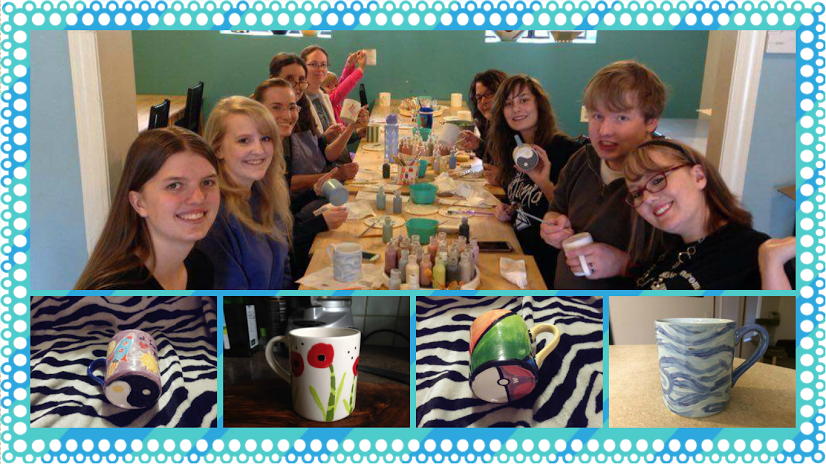
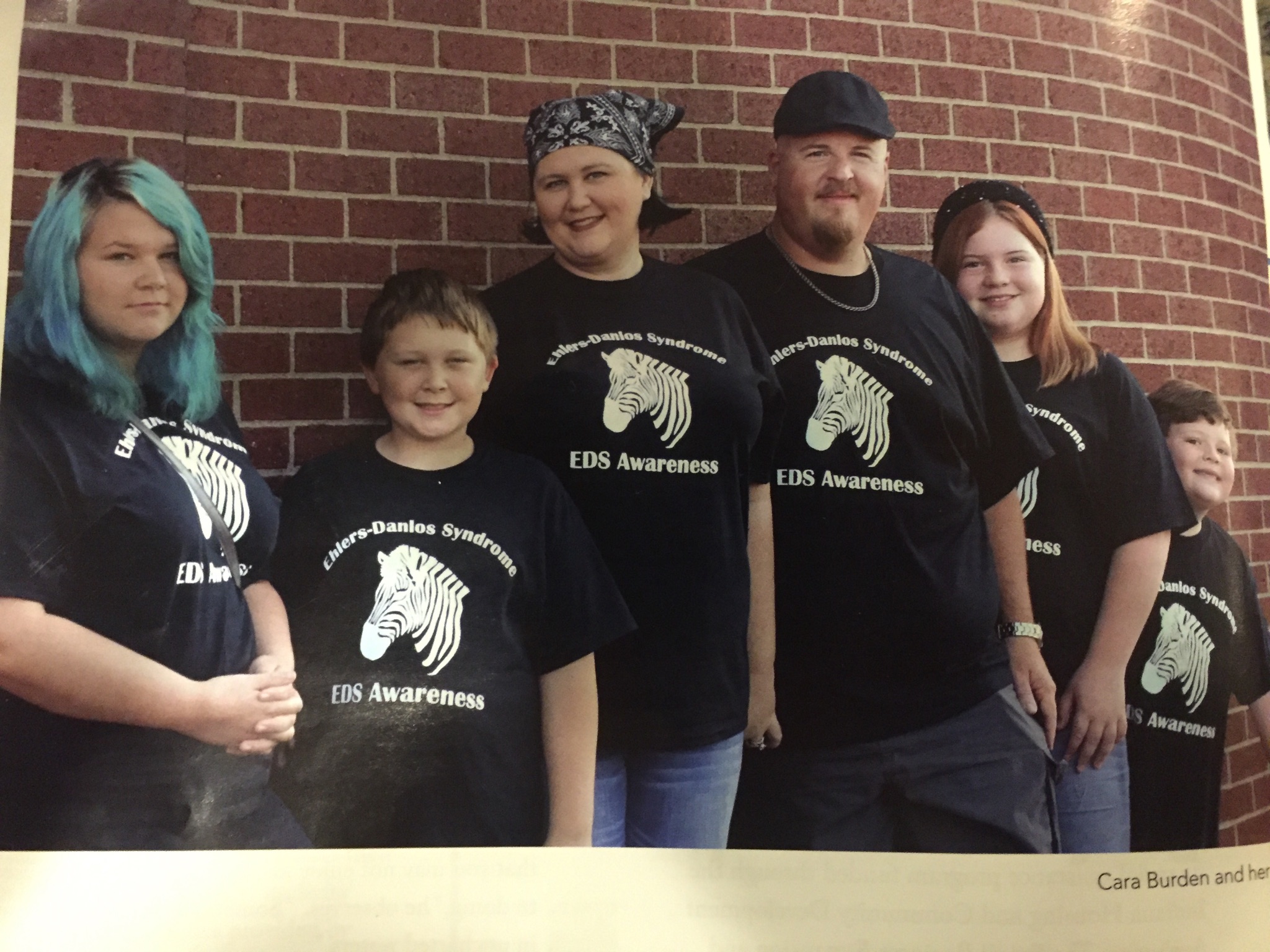

It’s great to inform EDS/HSD peeps about rejuvenative injections.
It’s important for them to realize it will still regrow the faulty connective tissues, but at least they are replacing the old lax ligaments and tendon tissues. In order to have them be effective one needs to strengthen the stabilizer muscles around the joints to prevent the laxity from reoccurring.